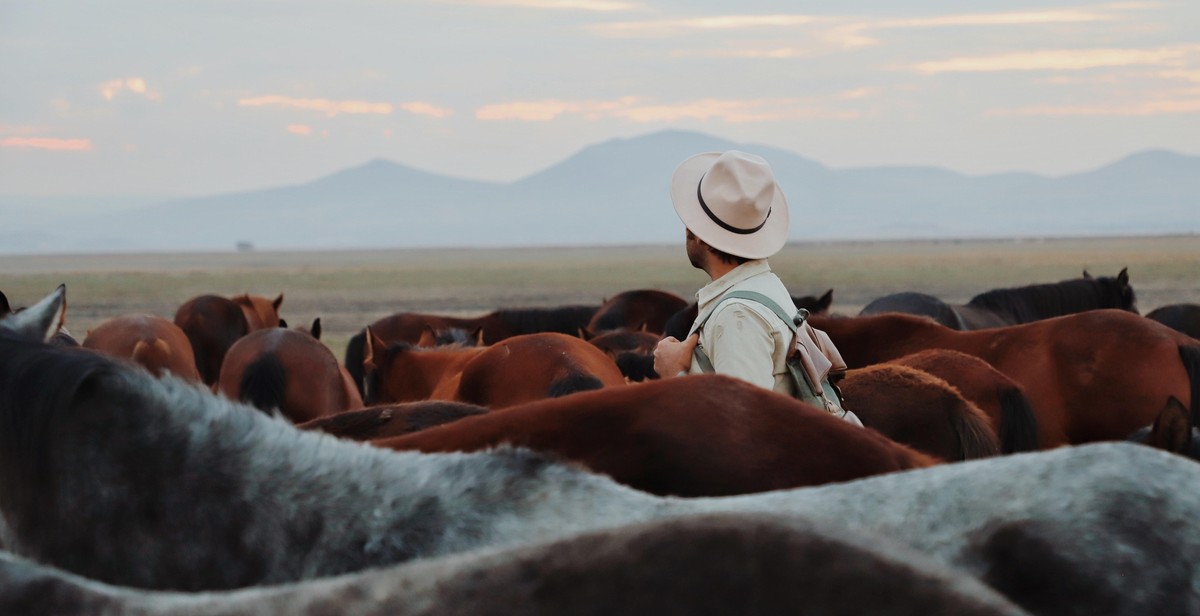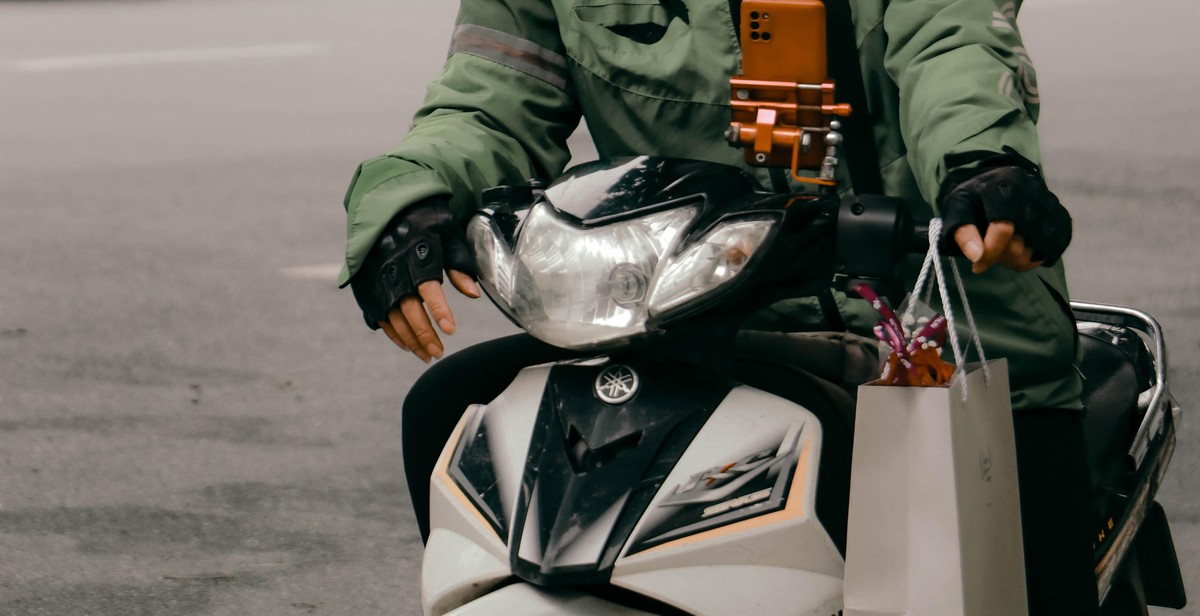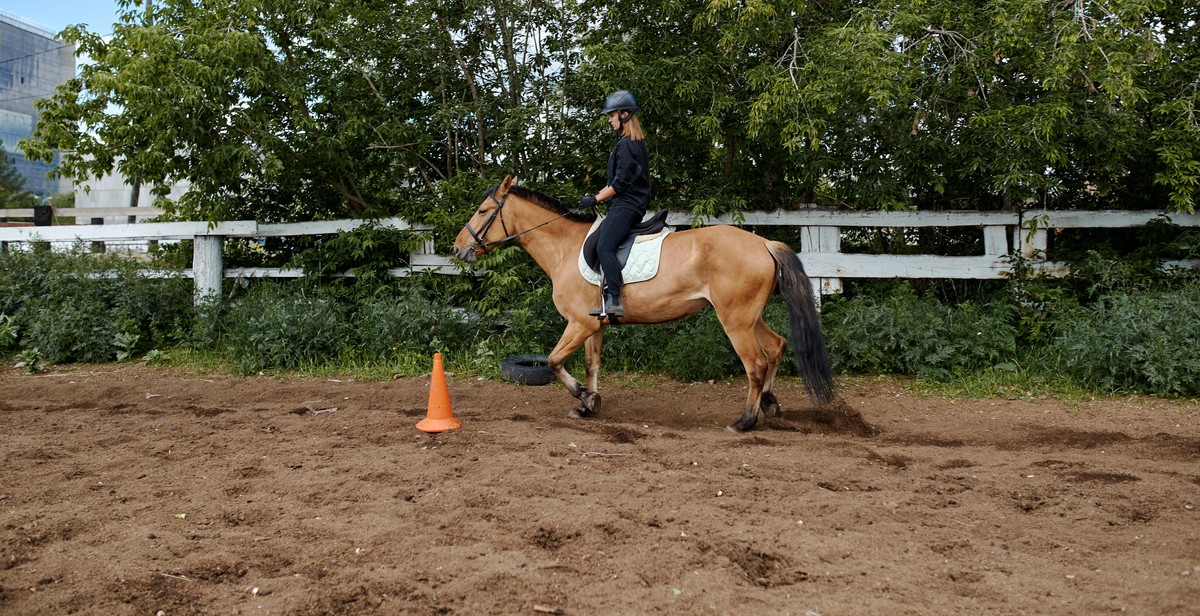How to Prevent Horseback Riding Accidents: Safety Measures for Riders and Horses
As an experienced horseback rider, I have had my fair share of accidents while riding. These accidents range from minor injuries such as bruises and cuts to major ones that required hospitalization.
One particular experience that stands out was when I was thrown off a horse due to an unexpected spook. I had not properly secured my helmet, and as a result, I suffered a concussion and had to be rushed to the hospital. This experience made me realize the importance of taking safety measures while riding horses.
The Importance of Safety Measures
Horseback riding is an exhilarating activity, but it can also be dangerous if proper safety measures are not taken. It is essential to understand that horses are powerful animals that can be unpredictable at times. Therefore, riders need to take necessary precautions to ensure their safety and that of their horses.
Preventing Horseback Riding Accidents
To prevent horseback riding accidents, riders must take the following safety measures:
- Wear a properly fitted helmet
- Wear appropriate footwear with a heel
- Wear protective gear such as gloves and body protectors
- Inspect the horse and equipment before riding
- Warm-up the horse before riding
- Use appropriate tack and equipment
- Ride in a safe environment
- Take riding lessons from a qualified instructor
By taking these safety measures, riders can minimize the risk of accidents while enjoying the thrill of horseback riding.

Understanding Horse Behavior
As riders, it is essential to understand the behavior of horses to prevent accidents and ensure a safe riding experience. Horses are flight animals, which means they are naturally wired to react to perceived threats by running away. This instinct can pose a danger to riders, especially those who are inexperienced or unprepared.
Horses are Flight Animals
Because horses are flight animals, they have a heightened sensitivity to their environment. Loud noises, sudden movements, and unfamiliar objects can all trigger a fear response in a horse. When a horse perceives a threat, its first instinct is to run away. This means that riders need to be aware of their surroundings and anticipate potential threats to avoid spooking their horse.
Learn to Read Your Horse’s Body Language
One of the best ways to anticipate your horse’s behavior is to learn to read its body language. Horses communicate through their body language, and by understanding what your horse is telling you, you can better anticipate its reactions. For example, a horse that is feeling anxious or agitated may pin its ears back or toss its head. A horse that is relaxed and content may have its ears forward and a soft expression.
Learning to read your horse’s body language takes time and practice, but it is an essential skill for any rider. By understanding your horse’s behavior, you can better anticipate its reactions and prevent accidents.
Conclusion
Understanding horse behavior is a crucial aspect of horseback riding safety. As riders, it is our responsibility to learn to read our horse’s body language and anticipate potential threats to ensure a safe and enjoyable riding experience.

Safety Measures for Riders
Horseback riding can be a thrilling and rewarding experience, but it can also be dangerous if proper safety measures are not taken. As a professional rider with years of experience, I can tell you that there are several safety measures you can take to prevent accidents and injuries while horseback riding.
Always Wear a Helmet
One of the most important safety measures for riders is to always wear a helmet. A properly fitting helmet can protect your head from serious injury in the event of a fall or collision. Make sure your helmet is certified by a recognized safety organization and replace it if it becomes damaged or if you have a fall.
Use Proper Riding Gear
In addition to a helmet, it’s important to wear proper riding gear. This includes boots with a low heel and a smooth sole, as well as pants that are not too loose or too tight. Gloves can also help you maintain a good grip on the reins.
Ride with a Buddy
Riding with a buddy can be a fun and safe way to enjoy horseback riding. Having someone else with you can help in case of an emergency, and it can also make the experience more enjoyable. Make sure you and your buddy are on the same level of riding ability and agree on a plan before heading out.
Take Riding Lessons
Whether you’re a beginner or an experienced rider, taking riding lessons can help you improve your skills and reduce the risk of accidents. A qualified instructor can teach you proper riding techniques, as well as safety measures to take while riding. They can also help you choose the right horse and tack for your riding ability.
| Summary of Safety Measures for Riders |
|---|
| Always wear a helmet |
| Use proper riding gear |
| Ride with a buddy |
| Take riding lessons |
By following these safety measures, you can enjoy horseback riding while minimizing the risk of accidents and injuries. Remember to always prioritize safety and never take unnecessary risks while riding.

Safety Measures for Horses
As much as riders need to take safety measures to prevent accidents, horses also need to be protected. Here are some safety measures to ensure the safety of horses.
Proper Tack and Equipment
Using the right tack and equipment is crucial to the safety of both the rider and the horse. Saddles, bridles, and other equipment need to fit properly to prevent any discomfort or injury to the horse. The saddle should distribute the rider’s weight evenly to prevent back pain or soreness in the horse. Additionally, the horse’s hooves should be well-maintained to prevent any injuries from sharp or uneven surfaces. A well-fitted helmet for the rider is also essential in case of a fall.
Regular Vet Checks
Regular vet checks are essential to ensure the horse’s health and well-being. A veterinarian can identify any health issues early on and provide the necessary treatment before it escalates into a more serious problem. The vet can also provide vaccinations, deworming, and dental care to prevent any health problems that may arise.
Proper Nutrition and Exercise
Proper nutrition and exercise are essential for the horse’s health and safety. Horses need a well-balanced diet to maintain their health and prevent any health issues. They also need regular exercise to build strength and stamina. However, it is important not to overwork the horse as it can lead to exhaustion and injury. It is essential to follow a proper exercise plan that gradually increases in intensity.
| Measure | Description |
|---|---|
| Proper Tack and Equipment | Using the right tack and equipment to prevent discomfort and injury to the horse |
| Regular Vet Checks | Regular vet checks to ensure the horse’s health and well-being |
| Proper Nutrition and Exercise | A well-balanced diet and regular exercise plan to maintain the horse’s health and prevent injury |
By following these safety measures, riders can ensure the safety and well-being of their horses and prevent any accidents that may occur.

Preparing for Emergencies
Accidents can happen at any time, no matter how experienced a rider or how well-trained a horse may be. That’s why it’s essential to be prepared for emergencies on horseback. Here are some tips to help you prepare:
Have a First Aid Kit on Hand
A first aid kit is an essential item to have on hand when riding a horse. It should include items such as bandages, antiseptic ointment, and sterile gauze pads. You can purchase a pre-made first aid kit or create your own. Make sure you know how to use all the items in the kit before heading out on a ride.
Know Basic First Aid for Horses
It’s also essential to know basic first aid for horses. This includes knowing how to check for vital signs, identifying signs of distress, and knowing how to treat common injuries such as cuts and scrapes. You can take a first aid course specifically for horses or ask your veterinarian for advice on what to do in an emergency.
Have Emergency Contact Information Available
In case of an emergency, it’s crucial to have emergency contact information readily available. This includes the phone number of your veterinarian, the nearest animal hospital, and a trusted friend or family member who can help in an emergency. Keep this information in your phone, a notebook in your saddlebag, or on a tag attached to your horse’s halter.
Conclusion
By following these tips and being prepared for emergencies, you can help prevent accidents and ensure that you and your horse stay safe while riding. Remember to always prioritize safety and take the necessary precautions to protect yourself and your horse.
Conclusion
As horseback riding is an adventurous sport, there are certain risks involved, and accidents can happen. However, by following the safety measures mentioned above, riders can prevent accidents and enjoy a safe and enjoyable ride.
It is crucial to understand that safety is not only the rider’s responsibility but also the horse’s. Riders should ensure that their horses are well-trained, healthy, and comfortable before mounting them. Moreover, riders should always wear appropriate gear and helmets to protect themselves in case of a fall.
Proper communication between the rider and the horse is also essential. Riders should learn to read their horse’s body language and behavior to avoid any potential danger. Additionally, riders should always be aware of their surroundings and any potential hazards such as uneven terrain or obstacles.
Lastly, it is recommended that riders take lessons from a professional instructor to learn the proper techniques and safety measures for horseback riding. By doing so, riders can improve their skills and confidence, which can ultimately lead to a safer riding experience.
- Always wear appropriate gear and helmets
- Ensure that your horse is well-trained, healthy, and comfortable
- Learn to read your horse’s behavior and body language
- Be aware of your surroundings and any potential hazards
- Take lessons from a professional instructor to improve your skills and confidence
By following these safety measures, riders can prevent horseback riding accidents and enjoy a safe and memorable experience with their horses.
